
Kinson

 |
Kinson |
 |
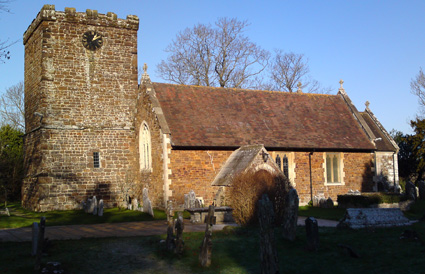 St Andrew's, Kinson |
Kinson is a parish on the south bank of the River Stour. It was part of the great parish of Canford Magna until 1865 and it became part of the borough of Bournemouth in 1931. The site was recorded in Saxon times and the area of alluvial soil from the river flood plain was ideal farming land. The south of the parish was part of the great Dorset heathland and provided furze for fuel and rough pasture. Before the Norman conquest the name was Cyneston, the Saxon name for a farm. By the time of Domesday the name had changed to Chinestanestone and the following was recorded: Edward also holds Chinestanestone. Wulfen held it before 1066. It paid tax for 13 hides. Land for 9 ploughs, of which 5 hides and 1 virgate of land are in the lordship; 2 ploughs there: 7 slaves; 18 villagers, 14 cottagers and 4 cottagers with 7 ploughs. A mill which pays 5s.; woodland, 1 acre; meadow, 100 acres, less 5; pasture 3 leagues long and 2 leagues wide, less 3 furlongs. |
The parish name changed a number of times over the next 900 years Kynestanton - Kinestaneston - Kenstaneston - Kinstanton - Kynston - Kingston How - Kingston until finally settling on Kinson in the early 20th century. Prior to the development of Bournemouth in the early 19th century, the coast from Christchurch to Poole with its sandy, gently sloping foreshore made ideal territory for smugglers to land their contraband. Some of these men are buried in the graveyard of St Andrews Church, the parish church, and include Robert Trotman who was killed by excise men on the shore near Poole in March 1765, and Richard Frampton who died in 1861. Perhaps the most famous smuggler in the area was Isaac Gulliver 1745-1800 he owned several properties in Kinson and also land. It is reputed that a Table Tomb of the Oakley family in St Andrews Church graveyard was used by smugglers to hide contraband and that barrels were also hidden on the roof of the church tower. The parish today is a bustling suburb of Bournemouth and very little remains of its past. The church was substantially rebuilt at the end of the 19th century. The Dolphin Inn, now renamed Gulliver's Tavern dates from the 18th century. Pelhams House, now a community centre, was built in 1793 and stands in its own grounds. Kinson Manor Farm is a grade II listed building from circa 1700. There are a few other cottages from the 19th century still tucked in between more modern building. |
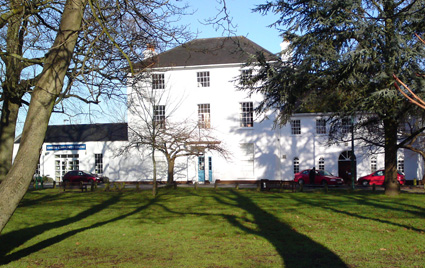 Pelhams House (now a Community Centre) |
|
The OPC for Kinson is Mervyn Wright |
|
| Census |
1841 Census
for Canford Magna including Kinson (Rosemary Valentine) 1861 Census (Michael Stead) 1891 Census (Michael Stead) Please also check the 1851, 1861 & 1881 census for Canford Magna |
| Parish Registers |
Baptisms 1680-1790 (Rachel Kent) Marriages 1680-1837 (Rachel Kent) Burials 1686-1790 (Rachel Kent) |
| Postal Directories | |
| School Records | |
| Photographs | |
| Other information | St Andrew's Monumental Inscription index [Jan Hibberd] |
| Maps | |
| Records held at the Dorset History Centre PE/KIN |
Registers Christenings 1680-1975. Marriages 1680-1992. Burials 1686-1956. Banns 1756-1992 |
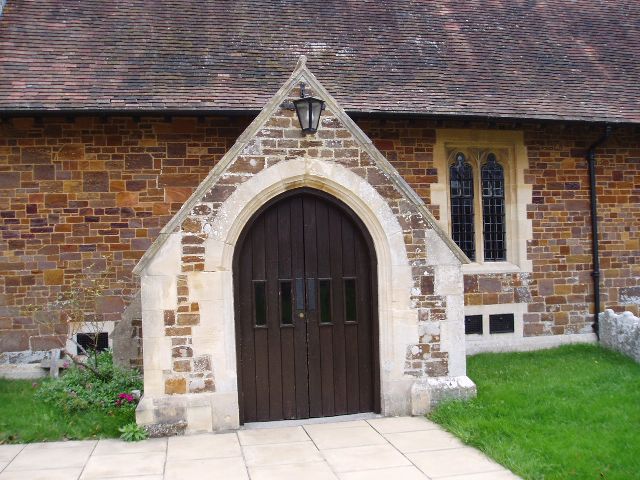 © Carrie Meerten/Dorset OPC 2017 |
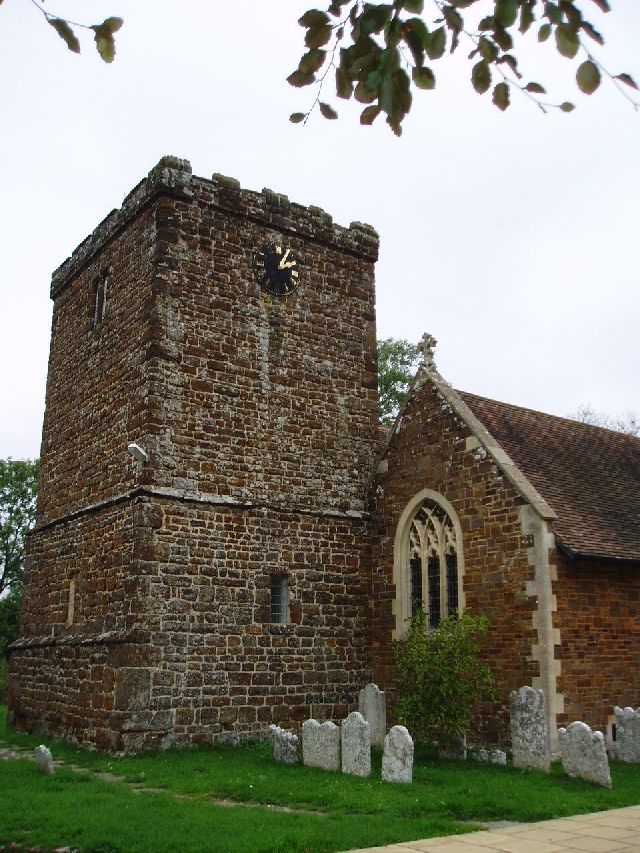
© Carrie Meerten/Dorset OPC 2017 |
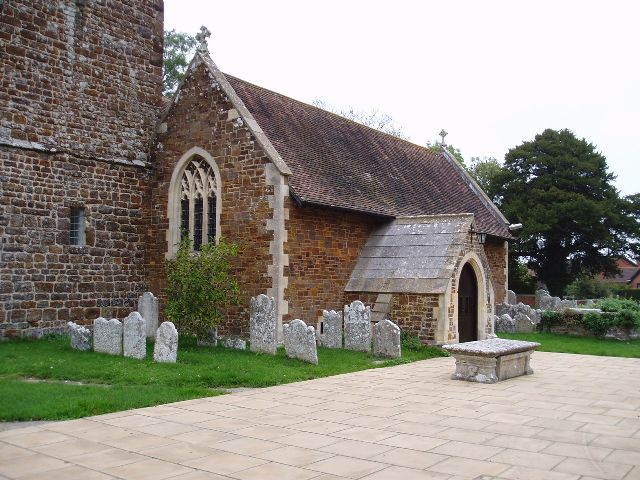 © Carrie Meerten/Dorset OPC 2017 |
Visitors to Dorset OPC
Copyright (c) 2025 Dorset OPC Project